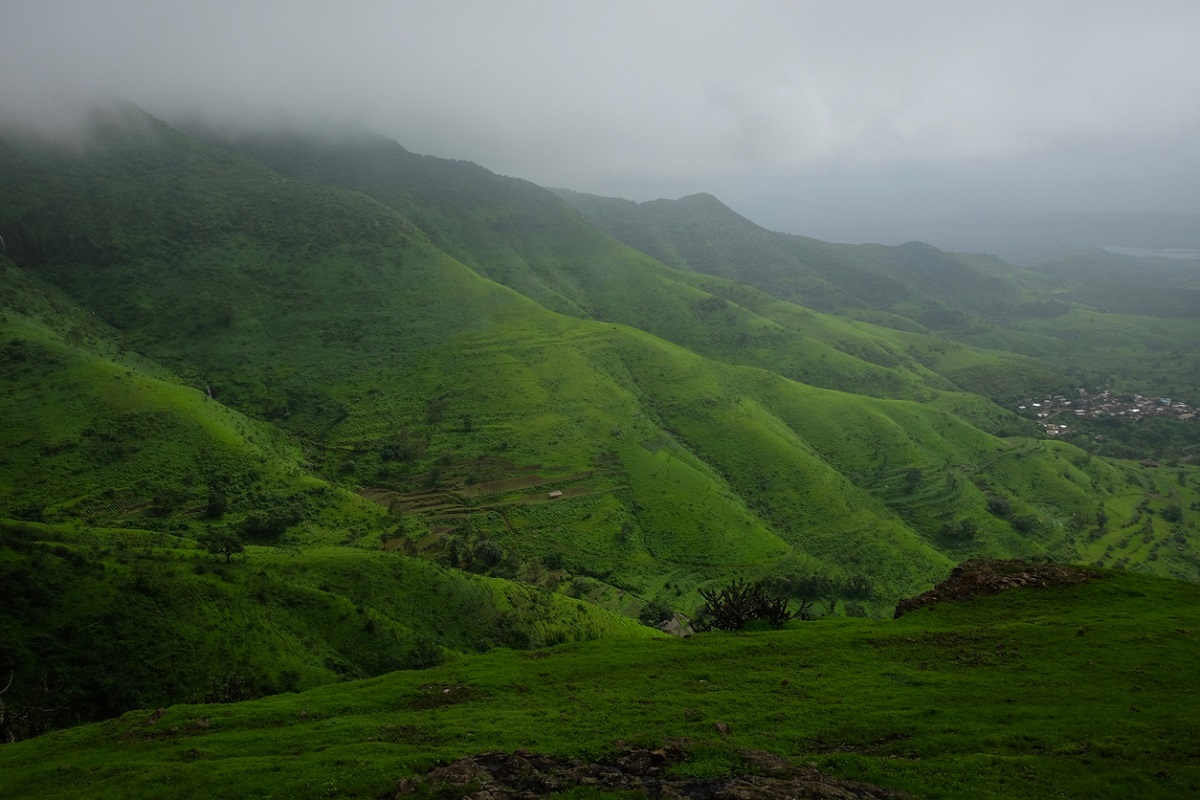Allowing developed states to get away with emissions
The Kyoto Protocol, a relatively concrete document, followed the UNFCCC, solidified and operationalised CBDR, by dividing States into two groups.
The Ministry of Environment, Forest and Climate Chance provided information in the reply to the unstarred question No. 1106 in the Lok Sabha regarding the progress of the GIM.

The implementation has been stifled due to the states’ unwillingness to implement the scheme. (Representational Image: iStock)
India under its Intended Nationally Determined Contributions (INDC) submitted to the United Nations Framework Convention on Climate Change (The Paris Agreement of 2015) pledges to create an additional carbon sink of 2.5-3 billion tonnes of CO2 through additional forest cover by 2030.
The Green India Mission (GIM), launched in 2015, is one of the eight mission under the National Action Plan on Climate Change. It was created to preserve and enhance the quality of forest cover in India. GIM aims to increase forest/tree cover area by 5 million hectares (mha), to enhance the quality of another 5 mha of forest cover and to thereby achieve annual sequestration of 50-60 million tonnes of carbon annually by 2020.
A recently published report titled “Performance of the National Action Plan on Climate Change” (NAPCC) drafted by the (Indian) Committee on Estimates (2018-19), has provided data regarding the progress of the GIM since its inception. The progress of the GIM has been severely limited because of states’ unwillingness to implement the scheme,as well as budgetary concerns and poor planning and execution.
Advertisement
The GIM guidelines prescribe a “holistic view of greening.” This means that the afforestation activities must go beyond tree planting to focus on improving the quality of the ecosystem and to preserve biodiversity. The activities under the GIM have primarily focused on increasing forest cover without considering the preservation and restoration of existing biodiversity.
During the FY 2015-16 afforestation in 43,384 ha was achieved. Afforestation in 32452 ha was carried out through plantation activities. Plantations are not a substitute for forest: They do not self-regenerate, and don’t have a dynamic ecosystem to preserve biodiversity. The GIM report noted that often vegetation has been introduced without adequate consideration of the climate and soil in the area. This has had a detrimental effect on the native vegetation. With these facts in mind, GIM comes off as merely a plantation scheme.
The GIM is severely underfunded. Allocation for the period 2015-16 was Rs 72 crore, decreased to Rs 42.01 crore in 2016-17, and to Rs 47.80 crore during 2017-18. While the allocated budget received an uptick of Rs 7 crore from 2016-17 to 2017-18, the allocated budget was insufficient to meet the liability incurred by the programme during the 2015-17.
The implementation has been stifled due to the states’ unwillingness to implement the scheme. The GIM guidelines requires each state to submit an Annual Plan of Operation (APO) to the GIM Executive Council for the sanction of funds under the programme. The APO lists the physical targets the state will undertake and includes a request for allocation of funds. Only nine states in the country have submitted their APO, severely limiting the mission’s coverage and effectiveness.
The Ministry of Environment, Forest and Climate Chance provided information in the reply to the unstarred question No. 1106 in the Lok Sabha regarding the progress of the GIM. The reply reveals a continued and significant drop in the funds allocation to states per year. Funds sanctioned to states went down from a total of 7009 (Lakh) in 2015-16, to 4125(Lakh) in 2017-16 and to 2000 (Lakh) in 2017-18. Out of the total financial sanction to states from 2015- 2018, 20 per cent of the funds have not been used.
The progress has been stifled due to the poor management and execution of the mission. The physical targets undertaken similarly to the allocation of funds to states has reduced year-by-year. As per the data provided under the report the physical area targeted for afforestation during the period 2015-16 was 67,651 ha, it reduced to 51, 387 ha in 2016-17, out of which only 80 per cent percent of the target could be achieved.
To achieve its target of sequestering 2.5-3 billion tonnes of carbon by 2030, India needs to increase 30 mha in its forest cover. This means that even if the GIM overcomes all its shortcomings, and miraculously attains its ambitious physical target of increasing forest cover by 10 mha by 2025, it still would fall short of its INDC pledge to increase its carbon sink capacity under the INDC.
(The writers are, respectively, a professor of law and a first-year student at Jindal Global Law School)
Advertisement